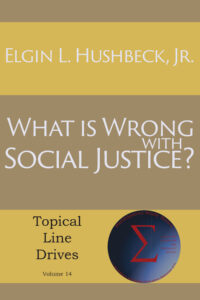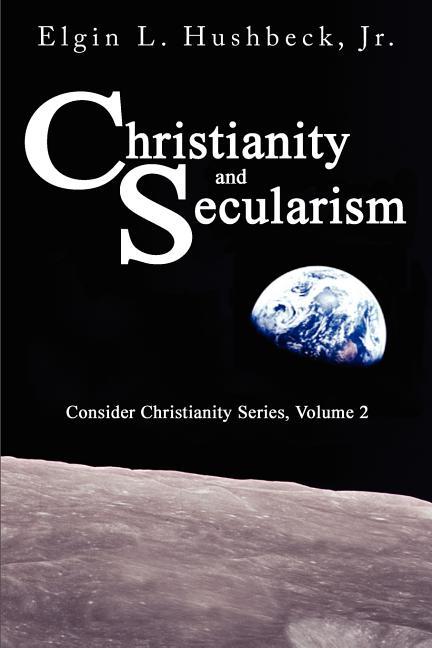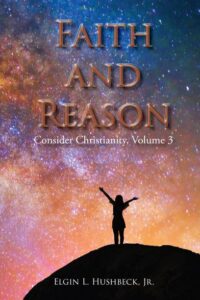A Review of Zeitgeist, The Movie Part II
July 20, 2007, Wausau, Wi — Last time I looked at the problems with many of the parallels claimed in Zeitgeist, The Movie, such as the movie’s attempt to link the Bible to astrological ages. Another example would be the claim that “when Jesus is asked by his disciples where the next Passover will be after he is gone, Jesus replies. Behold, when ye are entered into the city, there shall a man meet you bearing a pitcher of water; follow him into the house where he entereth in.” (Luke 22:10) The movie claims the man bearing a pitcher of water symbolizes the Age of Aquarius which will begin in 2150 AD. “This scripture” the movie claims “is by far one of the most revealing of the astrological references” for Jesus is saying “that after the age of Pisces will come the age of Aquarius.” While I agree this is revealing, what it reveals is the dishonesty of the movie.
While Luke 22:10 is accurately quoted, the disciple’s question is not. The movie makes Jesus’ answer refer to a time “after he is gone” to imply after the age of Pisces. Yet the question the disciples asked was of far more immediate concern. Verses 7-9 set the context of Jesus’ answer in verse 10. “(7)Then the day of the Festival of Unleavened Bread came, on which the Passover lamb was to be sacrificed. (8)So Jesus sent Peter and John, saying, ‘Go and make preparations for us to eat the Passover meal.’ (9)They asked him, “Where do you want us to prepare it?” As is clearly seen in these verses, the movies’ claim that the disciples were asking about “where the next Passover will be after he is gone” is simply false, they were asking about where they would eat that night!
Even if this was not a problem, the symbolism is wrong for as the movie describes it, Aquarius is “always pictured as a man pouring out a pitcher of water” yet in the Biblical passage the man is not pouring out water, but carrying it. Now if this were merely a symbolic reference as the movie claims, what would be the reason for getting the symbolism wrong? On the other hand, if the account were historical, then Jesus would say the man was carrying water if that was what he was actually doing.
The movie passes on from there to talk about the end times saying “the cartoonish depictions in the book of Revelation aside, the main source of this idea comes from Matthew 28:20 where Jesus says ‘I will be with you even to the end of the world.” The movie then makes a big deal of the word “world” being a mistranslation in the KJV “among many mistranslation” and that it should read as “age”.
It is unclear why the makers of the film choose to use, and then correct, the KJV at this point as opposed to citing a version that does render this as age, unless they were simply looking to make a more general attack on the reliability of the Bible. But regardless, there are far more serious problems with their overall claim. First notice how they dismiss Revelation as “cartoonish depictions.” The main problem is that Revelation did not fit the parallel they wish to find. Again this is one of the problems with such parallel based argument for it ignores everything that does not fit and focuses only on the matches.
Even more problematic is the use of Matthew 28, which the movie claims is the “main source” for our knowledge of the end times. This will come as a great surprise to most people who have read the Bible, for this passage is normally referred to as the Great Commission. Those looking for discussion of the end times would do far better in Matthew 24 and 2 Thessalonians 2, assuming of course they wanted to ‘set aside’ Revelations. Again the depictions of the end times in these other passages don’t fit the parallel the makers of the movie wish to make, so they are ignored.
Further problems plague the movie’s attempt to see Egypt as the primary foundation for Judaism and then later Christianity. While again some parallels exist, the differences are even more pronounced. In fact, a major question for secular scholars is where did Moses get the laws that he gave to the Jewish people (assuming of course one rejects that they came from God). Some have suggested that he learned then from his father-in-law Jethro, a priest of Midian. The nice thing about this theory is that little is known about Jethro’s beliefs so there is little to conflict with the theory.
The movie further attempts to justify this claim by saying that the Ten Commandments were “taken outright form spell 125 in the Egyptian book of the Dead.” But even in the video Spell 125 has over 40 “commandments” before it fade to the next shot. Is it really that surprising that a moral code would contain prohibition against theft, murder, and lying? Interestingly while the shots of spell 125 show certain commands highlighted, to give the impression that these are copied in the Ten Commandments, some of the highlighted passage are not in the Ten Commandments. For example, “15) I have not laid waste to ploughed land” and “35) I have not cursed the king.” Again only the things that match are counted while the differences are ignored.
More next time.
This is Elgin Hushbeck, asking you to Consider Christianity: a Faith Based on Fact.






